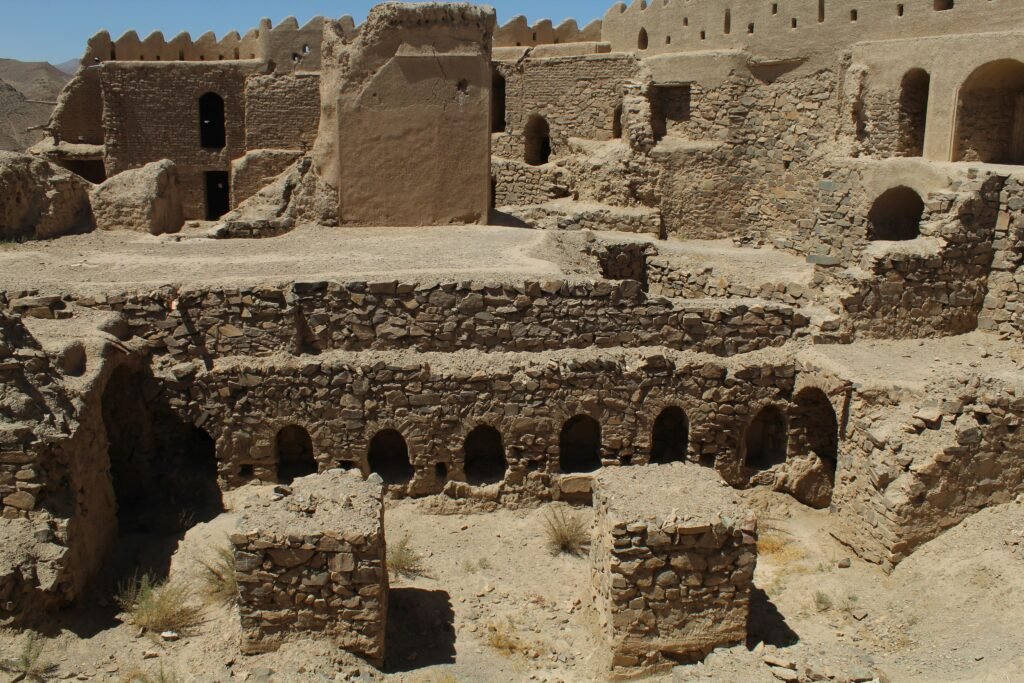Petra: Lost City of Stone – Uncover Jordan’s Ancient UNESCO Wonder

The Historical Significance of Petra
Petra, often referred to as the “Rose City” due to the pink hue of its sandstone cliffs, holds immense historical significance as a pivotal center of trade and culture. Founded by the Nabataeans in the 5th century BC, this ancient city flourished due to its strategic location between major trade routes connecting the East and West. The Nabataeans skillfully utilized Petra’s geographical advantages, transforming the city into a bustling trade hub where merchants exchanged spices, silk, and other valuable goods. This contributed greatly to Petra’s wealth and helped establish the Nabataean kingdom as a prominent power in the region.
Exploring the Architectural Wonders
Petra, the jewel of Jordan, stands as a testament to the ingenuity and creativity of ancient civilizations. The most iconic example of this ancient ingenuity is Al-Khazneh, commonly known as the Treasury. This magnificent structure, carved directly into the rose-red cliffs, exhibits a striking blend of Hellenistic, Egyptian, and Nabataean architectural styles, showcasing the cultural influences that intermingled in this trade hub. The intricate details of the façade, which include Corinthian columns, intricate friezes, and large statues, reveal the exceptional craftsmanship of the Nabataeans, who possessed advanced skills in stone carving.
Another noteworthy architectural gem in Petra is the Monastery, or Al-Deir, which rivals the Treasury in grandeur. This monumental structure, also hewn from the sandstone cliffs, stands at an impressive height and boasts an expansive façade that reflects similar artistic techniques as the Treasury but is distinguished by its more monumental scale. The journey to the Monastery, which involves climbing over 800 steps, reveals not just the physical challenges faced by visitors but also the monumental effort the Nabataeans invested in this architectural wonder.
Beyond these well-known sites, Petra is dotted with lesser-known yet equally impressive constructions, such as the Royal Tombs and the Amphitheater. The Royal Tombs, adorned with elaborate facades, symbolize the burial practices and societal structure of the Nabataeans, reflecting their wealth and artistry. Conversely, the Amphitheater, which could accommodate over 3,000 spectators, underscores the cultural importance of public gatherings and performances in this ancient society. Each of these sites within Petra exemplifies the sophisticated engineering and artistic prowess of the Nabataeans, making the city an invaluable archive of ancient history and a UNESCO World Heritage Site.
Visiting Petra Today: Travel Tips and Guide
When planning a visit to Petra, one of the most important factors to consider is the timing. The best period to explore this ancient city is from March to May and from September to November. During these months, temperatures are milder, making it more comfortable for walking and hiking among the stunning rock-cut architecture. In contrast, summer can become quite hot, reaching highs of 40°C (104°F), while winter may see chilly nights and the occasional snowfall.
Transportation to Petra is accessible for travelers. The nearest city, Wadi Musa, serves as the primary gateway to the site. Visitors can choose to hire a taxi from major cities like Amman or Aqaba, or they may opt for a bus service that regularly connects these locations to Wadi Musa. Once in the area, many tourists find that walking is the best way to navigate the local terrain, as the archaeological site spans a significant area.
The entrance fee to Petra is an essential component of budgeting for the visit. As of October 2023, the cost is approximately 50 Jordanian Dinars (around $70) for a one-day pass. Multi-day passes are available at a discounted rate, encouraging visitors to soak in the beauty of the site over several days. Guided tours are highly recommended, as they provide invaluable insights into Petra’s rich history and significance. Local guides possess expert knowledge and can enhance the overall experience by pointing out lesser-known details.
Accommodations near Petra vary from budget hostels to luxurious hotels, catering to a wide range of preferences. Essential items to bring include sturdy walking shoes, water bottles, sunscreen, and a hat for sun protection. Additionally, a good camera is advisable, as the fascinating landscapes and intricate structures provide countless photographic opportunities. Conservation efforts are ongoing, ensuring the preservation of Petra’s ancient structures for future generations while allowing tourists to appreciate this remarkable UNESCO World Heritage site.
adventure tourism ancient traditions archaeological tours backpacker guide backwaters tourism beach escapes beach tourism coastal beauty colorful bazaars cultural adventure cultural experiences cultural exploration cultural tourism Darjeeling tea hot air balloon island getaway landmark tours local guide maldives resorts northern lights royal experience street food tourism experience tourism services tourist attractions travel guide travel guides travel itinerary travel tourism





0 Comment